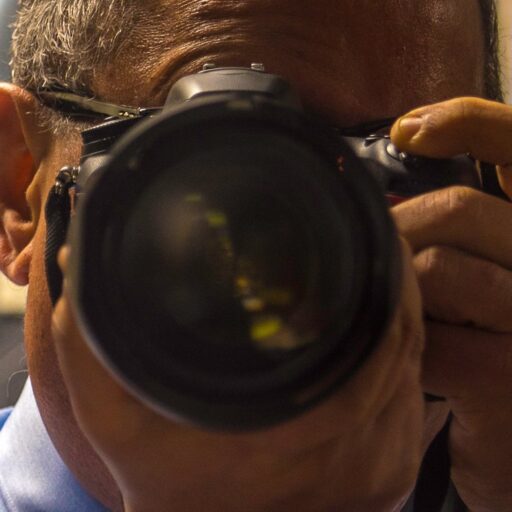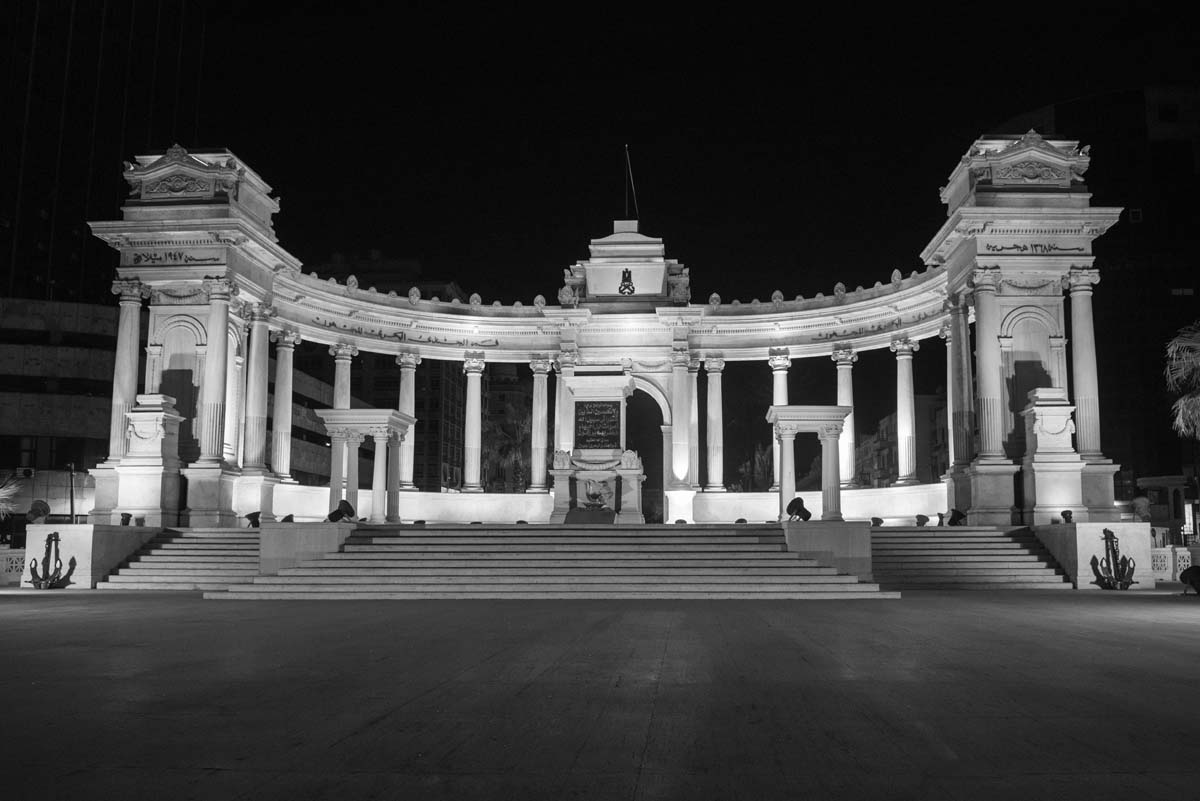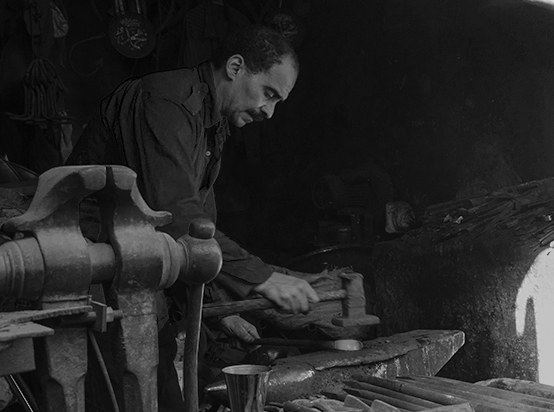
Black and white photography is a classic and timeless style of photography that can produce stunning and evocative images. Here are some things you need to know about black and white photography:
- Contrast is key: In black and white photography, contrast is one of the most important elements. This can be achieved through the use of light and dark tones, texture, and pattern.
- Composition is important: Just like in color photography, composition is important in black and white photography. You should pay attention to elements such as lines, shapes, and texture to create visually interesting images.
- Lighting is crucial: Lighting plays a crucial role in black and white photography. You can use light and shadow to create mood, depth, and contrast.
- Post-processing is important: Black and white images often require post-processing to achieve the desired look. You can adjust the brightness, contrast, and levels to enhance the image.
- Different subjects can work well: Black and white photography can work well for many different subjects, such as portraits, landscapes, and architecture.
- Film vs. digital: Black and white photography can be achieved with either film or digital cameras. Each has its unique advantages and disadvantages, so it’s important to experiment with both to find what works best for you.
- Practice makes perfect: Like any form of photography, black and white photography requires practice and experimentation to master. Don’t be afraid to try new techniques and take lots of photos to improve your skills.
Black and white photography is a beautiful and timeless style of photography that can produce stunning and emotive images. By paying attention to composition, contrast, lighting, and post-processing, you can create powerful images that will stand the test of time.
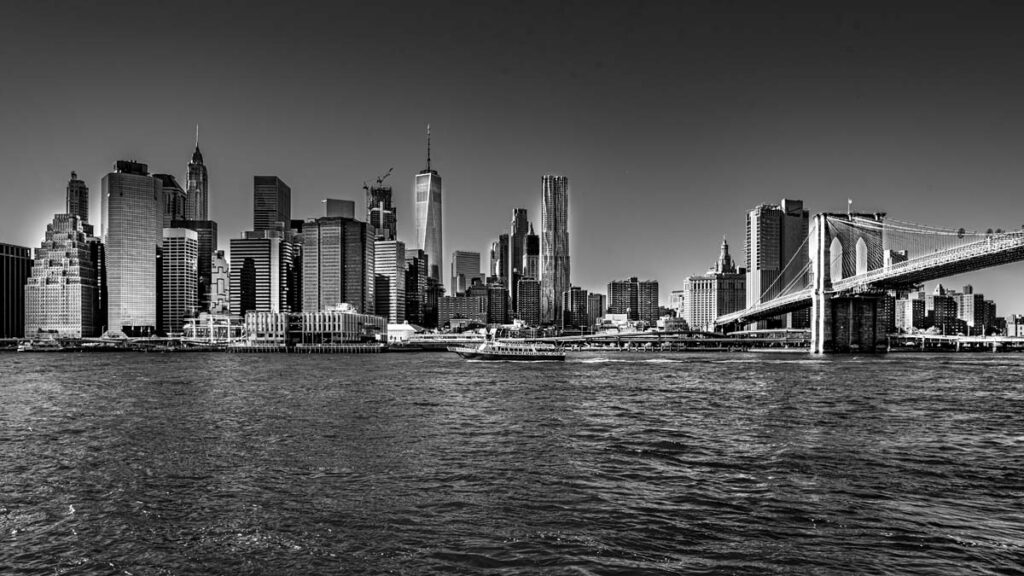
Important tips for Black and white photography
Here are some tips for capturing great black and white photos:
- Look for Contrast: Black and white photography relies heavily on contrast to create depth and interest in an image. Look for scenes with strong contrasts between light and dark areas, such as a bright sky and a dark building, or a subject wearing light clothing against a dark background.
- Focus on Texture: Black and white photography is also a great way to highlight textures in a scene. Look for subjects with interesting textures, such as a rough stone wall, a tree bark, or a wrinkled face.
- Experiment with Light: The quality and direction of light can have a significant impact on the mood and tone of a black and white photo. Play with different lighting conditions, such as harsh sunlight, soft natural light, or dramatic shadows to create a unique look.
- Think in Black and White: When shooting, try to visualize the scene in black and white. This will help you focus on the tones and textures in the image and ensure that you capture the best possible shot.
- Shoot in RAW: Shooting in RAW format will give you greater control over the final image during post-processing. This is especially important in black and white photography, where small adjustments to exposure and contrast can have a big impact on the final image.
- Use Filters: Filters can be a great way to enhance contrast and texture in black and white photography. A red filter, for example, can darken the sky and make clouds pop, while a yellow filter can add warmth and depth to a scene.
- Practice and Experiment: Black and white photography is an art form that requires practice and experimentation to master. Don’t be afraid to try new techniques and styles, and take the time to review your photos and learn from your mistakes.
Best places for Black and white photography

Black and white photography can be used to create dramatic and timeless images, and many locations around the world offer great opportunities for this type of photography. Here are some suggestions for the best places for black and white photography:
- New York City, USA: With its iconic skyline, bustling streets, and diverse neighborhoods, New York City offers endless opportunities for black and white photography.
- Venice, Italy: The city of Venice is known for its stunning architecture, winding canals, and unique atmosphere, making it a great location for black and white photography.
- Paris, France: The city of love is also a city of beauty, with its stunning architecture, charming streets, and iconic landmarks offering endless opportunities for black and white photography.
- Machu Picchu, Peru: The ancient Inca ruins of Machu Picchu offer a unique and dramatic backdrop for black and white photography, with the misty mountains and terraced hillsides creating a timeless atmosphere.
- Iceland: With its rugged landscapes, glaciers, and volcanic mountains, Iceland offers unique and dramatic opportunities for black and white photography.
- Yosemite National Park, USA: The granite cliffs, waterfalls, and giant sequoia trees of Yosemite National Park provide stunning black and white photo opportunities.
- Tokyo, Japan: The vibrant city of Tokyo offers a mix of traditional and modern architecture, bustling streets, and beautiful gardens that can be stunning in black and white.
These are just a few of the many beautiful places around the world that offer great opportunities for black and white photography. The beauty of black and white photography is that it can be applied to any location or subject, so don’t be afraid to experiment with different techniques and subjects to find your own unique style.
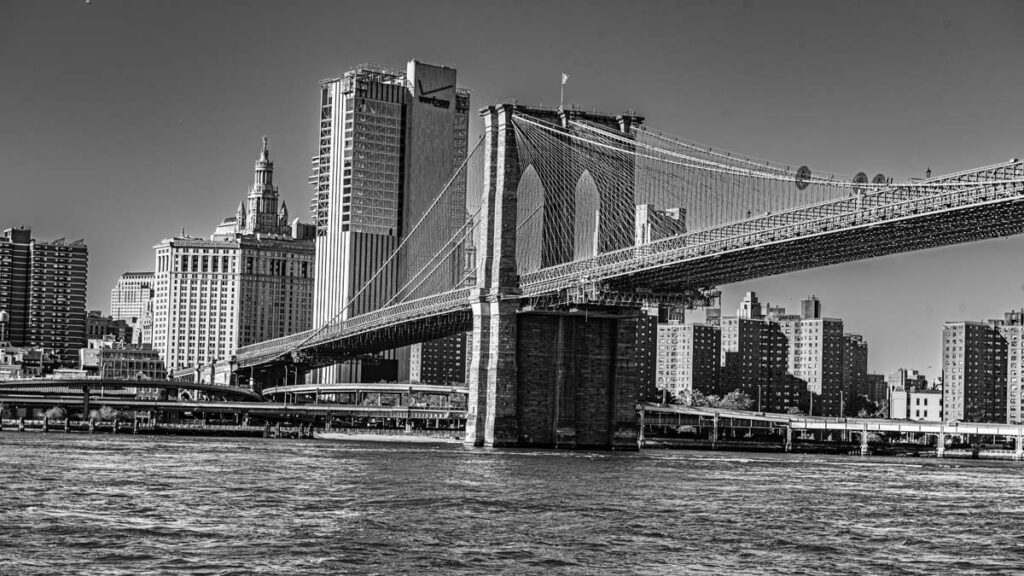
What Are The Different Types Of Black and white photography
Black and white photography is a classic and timeless style that can be used to create a variety of different looks and moods. Here are some of the most popular types of black and white photography:
- Fine Art Black and White Photography: This type of photography is often used for artistic expression, with a focus on creating visually striking images that evoke emotion and capture a sense of timelessness.
- Portrait Black and White Photography: This type of photography is often used for capturing the personality, mood, and character of the subject. Black and white portraits can create a classic and timeless feel.
- Street Black and White Photography: This type of photography involves capturing the urban landscape and the people who live in it, with a focus on capturing the unique moments and details that make a city come to life.
- Landscape Black and White Photography: This type of photography involves capturing the beauty of the natural world, with a focus on creating images that evoke a sense of timelessness and wonder.
- Abstract Black and White Photography: This type of photography involves capturing unique shapes, lines, textures, and patterns found in the environment, with a focus on creating striking and visually interesting images.
- Architectural Black and White Photography: This type of photography focuses on capturing the unique shapes, lines, and textures of buildings and other man-made structures, with a focus on creating images that are both striking and timeless.
- Documentary Black and White Photography: This type of photography is often used to capture historical or social events, with a focus on creating images that tell a story and capture a sense of time and place.
These are just a few of the different types of black and white photography that you can explore. Whatever your interest, black and white photography offers endless opportunities for artistic expression and creative exploration.
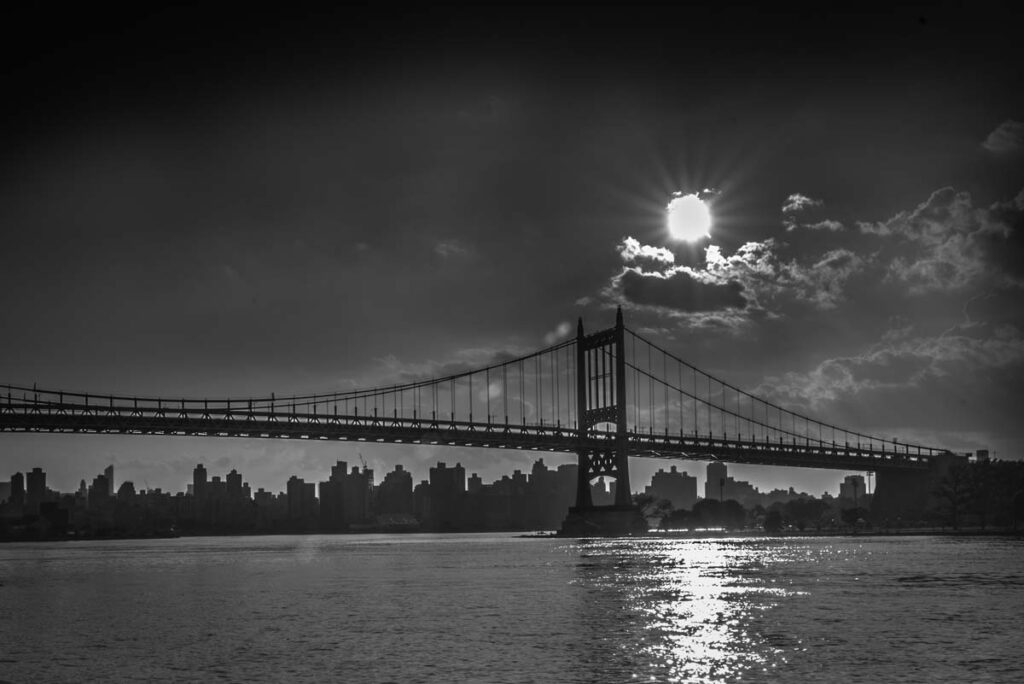
What is the Best Lens for Black and white photography
The best lens for black and white photography depends on the type of photography you plan to do and the creative effect you want to achieve. Here are some suggestions for lenses that can be versatile and useful for black and white photography:
- Wide-angle lens: A wide-angle lens is great for capturing the grandeur and depth of landscapes and cityscapes in black and white. A 16-35mm or 10-24mm lens is a good choice for this purpose.
- Standard lens: A standard lens can be used for a variety of photography types, including black and white. A 50mm lens is a good choice for this purpose as it offers a versatile focal length and can create a shallow depth of field effect.
- Telephoto lens: A telephoto lens can be useful for isolating subjects and capturing details in black and white photography. A 70-200mm or 100-400mm lens is a good option for this purpose.
- Prime lens: A prime lens can offer sharper image quality and wider apertures, which is useful for low light situations or for creating a shallow depth of field effect. A 35mm or 50mm prime lens can be a good choice for black and white photography.
- Macro lens: A macro lens can be useful for capturing the fine details of objects in black and white photography. A 100mm macro lens is a good choice for this purpose.
Ultimately, the best lens for black and white photography will depend on your personal preferences and shooting style, as well as your budget. It’s always a good idea to rent or borrow lenses before making a purchase to ensure that you’re getting the right lens for your needs.
